
Milano
Romeo Castellucci – Yuri Ancarani – Scott Gibbons
April 3 2022, 5.30pm
SOLD OUT
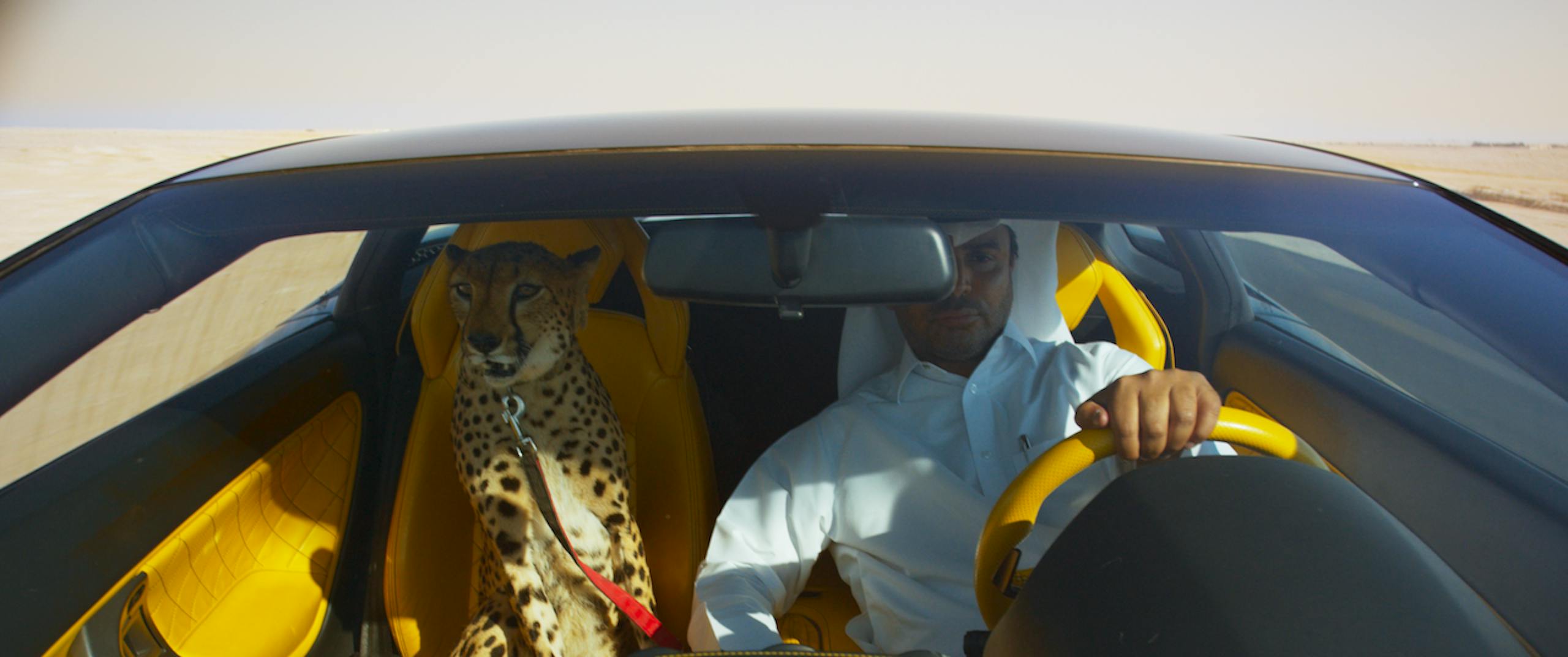
© The Challenge (2016)
Yuri Ancarani is one of Italy’s most acclaimed video artists and filmmakers. In his works, his documentary approach is translated into codes that are close to video art, a stylistic feature that makes him immediately recognizable and yet resistant to any clear-cut classification. His films have been presented at the world’s biggest festivals and at the most prestigious contemporary art galleries. In 2021 his latest feature film, Atlantide, received critical acclaim at the 78th Venice International Film Festival and more recently, since last November, he has been working with the Triennale to film the performance action Milano, conceived and directed by Romeo Castellucci, director and Grand Invité of Triennale Milano 2021–2024. The project, inspired by the danse macabre, brought together 100 performers dressed as skeletons, who marched through the streets of central Milan on the night of 20–21 November 2021. The actors walked for more than an hour, through squares, monumental and religious sites, from the Triennale to the Duomo. The film is being premiered at the Triennale on 3 April 2022. The following conversation took place during the artist’s American tour, while presenting Atlantide at the MoMA in New York.
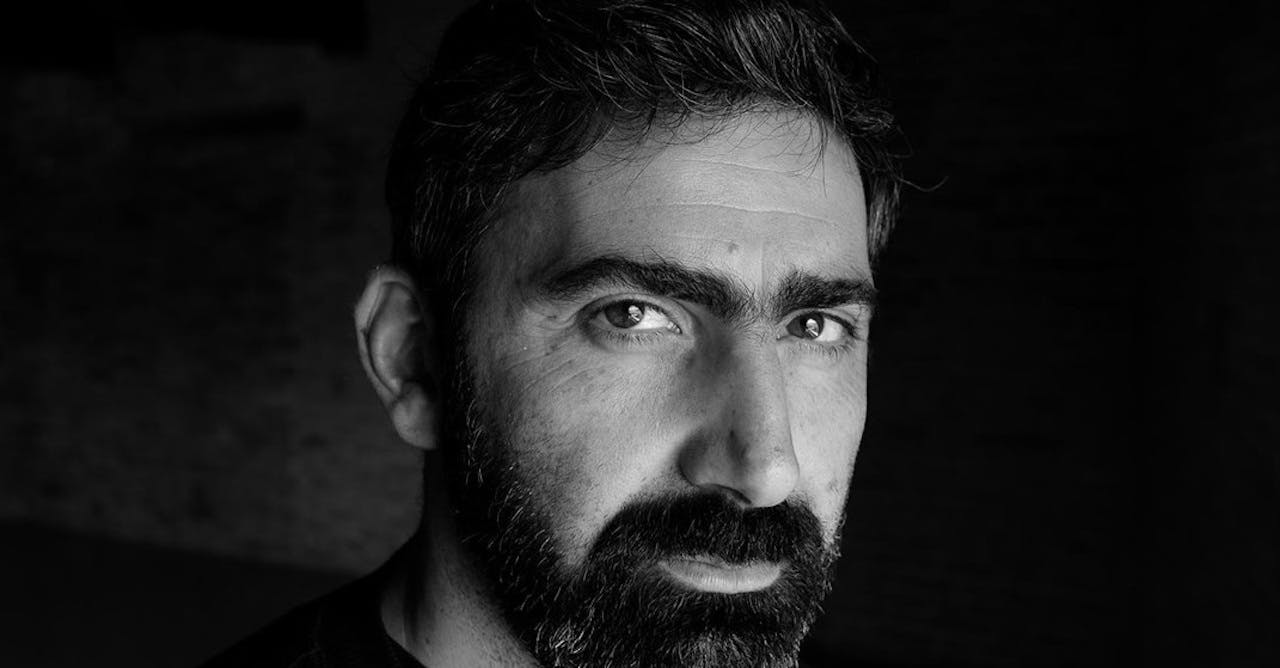
Yuri Ancarani © Maki Galimberti
Hi Yuri, let’s talk about Milano, but also about you. How did it go yesterday evening? Atlantide premiered in the United States, at the MoMA, where it will be shown for over a week.
You can’t imagine what happened. There was an attack at the MoMA a few days ago. They only reopened it yesterday. The premiere was cancelled, but Atlantide will definitely be presented on Monday and will be screened for the whole week. When we organized this screening, the fear was that it would be postponed because of the pandemic. We thought we’d found the right time, but then the attack happened.
Let’s switch to the Triennale. You filmed Romeo Castellucci’s performance action Milano. What can you tell us about this work?
I’ve been following Romeo Castellucci’s work since I was a student and I really admire him. I think he’s given so much to the world of theatre and art. When he asked me about this collaboration I accepted at once, putting myself at his service to document the performance action. My efforts were immediately directed towards finding harmony with the project. As this was a momentary and unannounced appearance, we would have to be invisible too. We even used phones in our quest for absolute lightness. My NABA students also took part in the filming, in accordance with Romeo’s direction. They didn’t know what to expect. I just told them the times and positions. They had no other instructions when they found themselves faced with this “macabre dance”.
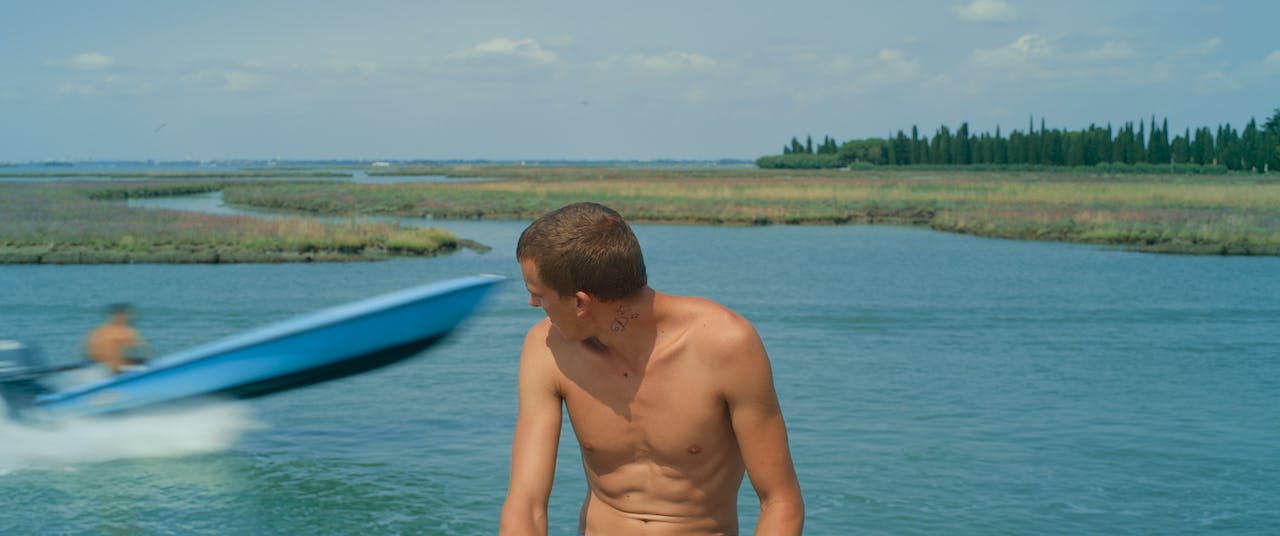
Do you feel similar to Romeo? He tries to aesthetize the terrible too.
We both come from the same region, “Romagna felix”, which has generated artists for decades, if not forever. We certainly share something, but our aesthetics are independent. Today what is beautiful is frightening, while what is ugly is reassuring. The concept of beauty continues to change. I could say that we’re both capable of conceiving a frightening beauty.
Let’s come back to you. How is your tour going?
There will be two dates at the MoMA. In addition to Atlantide, there will be a retrospective of my shorts in April. Then I’ll go to Los Angeles for a screening at the Hammer Museum. Festivals and museums are finally opening again, but the situation has remained dire. Violence reigns everywhere, wherever you go.
Faced with the continuous evocation of violence, which is also a constant in your work, I’d like to ask you if you could cast a glance at the present drama being played out.
Atlantide is specifically about this. The self-destructive aggression of adults is born during adolescence. As long as teenagers develop this sense of competitiveness, this need for victory, the problems in our history will not be resolved. Daniele, with his boat, is not so different from an Elon Musk with his rocket. This is a matter I should have spoken about at the MoMA. As for what I can do, tomorrow I will be at the big rally for peace in Ukraine right here in New York. When I go from one place to another and find out there’s a rally, I attend it.
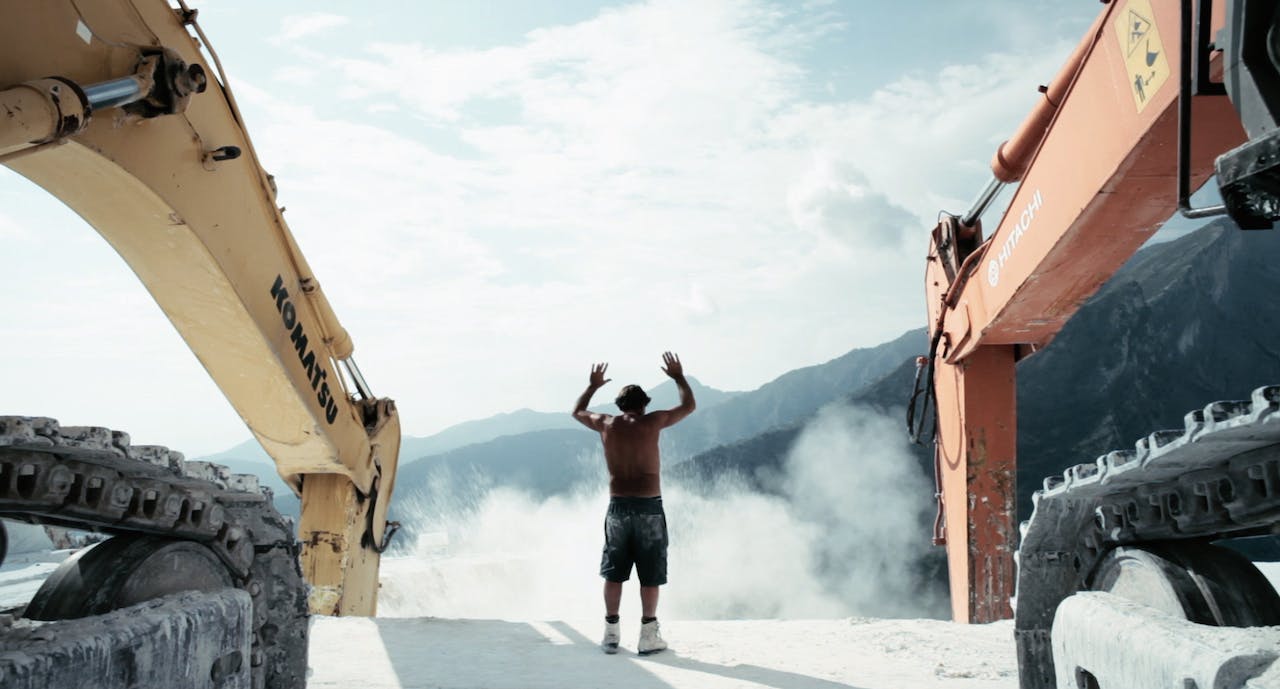
Here’s an awfully obvious question, but one that is always appropriate when approaching your work. Your works travel along the double track of documentary and video art. Do you agree?
I expected this question and I realize that it’s become almost ritual, a recurring motif around my cinema. If we want to simply matters: yes, I agree. But let’s talk about moving images. Images are impalpable: they exist and move everywhere, without fear of crossing boundaries. My work is like that: a fluid that cannot be contained, which can be cinema but also memory, such as the documentation of one of Castellucci’s works, for example.
What future do you see for cinema like yours?
The cinema is a vast context and within it there is a war going on between those who only want to make entertainment out of it and their arthouse counterparts. I feel safe inside museums: eternal places, whose storerooms ensure a long life for art.
Have you been to the cinema recently? Talking about the mainstream, for example, what do you think of the much-debated question on the status of cinecomics?
I’m interested in the cinema and I go. What I’m not interested in is entertainment. Control over the masses is also exercised through entertainment today. Entertainment repels me in every form: I want to have experiences, not be entertained. This is why I go to festivals, where I see lots of interesting works that will probably never be distributed.
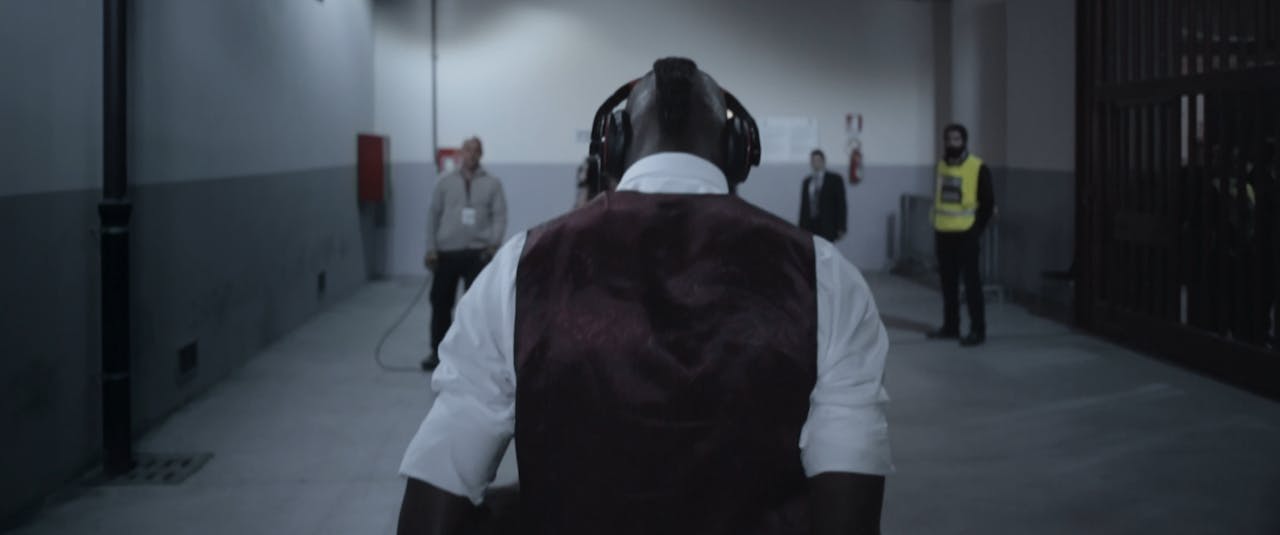
You feel safer in museums, but cinemas have probably just gone through the worst period in their history. Do you fear that something has inevitably changed?
When I started my studies, in the 1990s, they already told me that video art was dead, that there was nothing left to say with video. Instead of discouraging me, this inspired me to find my own path. Every now and then someone comes out and says that it’s not “like it used to be”. But the reality is that it’s never “like it used to be”. It was during the pandemic that I started my first real distribution experience. It was an opportunity for me: while the industry was withdrawing its films from cinemas for economic reasons, I found myself in the position of being able to show Atlantide much more than originally planned. A film that should have been released as a three-day event can still be found in some theatres.
Last week Atlantide arrived on VOD on Amazon Prime Video, on the I Wonder channel.
A film about violence needs to be seen as much as possible. The streaming of Atlantide is going really well and the distributor is very happy. Apparently it’s doing better than some French comedies [silence, then he starts laughing]. If he’s happy, then so am I. It’s currently only possible to watch it on demand in Italy. An opportunity to study it or for those who don’t live near a cinema that showed it. Everyone knows it’s a different experience watching a film at the cinema. Just think of the fact that there are twenty speakers and a subwoofer in the room. It’s the same difference between dancing at home, with your phone connected to a speaker, or being in a club or at a rave.
When will we be able to see your works in Italy again? I know that there will be two retrospectives next year in Milan and Bologna.
Atlantide will be back in Venice soon, where it will be showing at the Teatrino in Palazzo Grassi throughout the duration of the Art Biennale. For now I’m limiting myself to accompanying the film.
To conclude, tell me something more about your poetics, your relationship with reality.
My work is closely tied to reality and I’m interested in looking through my eyes. When they call my films documentaries I don’t know how much I agree, but I can’t deny that without a documentary approach I couldn’t have moved as I did. No one believes in fantasy tales any more. People laugh when they watch a horror film these days. Reality is what is frightening. My cocktail is one of beauty and reality, and people like it. It creates confusion and emotion inside them.

© Da Vinci (2012)